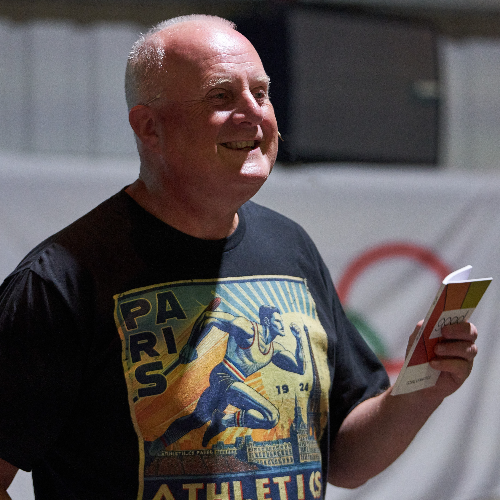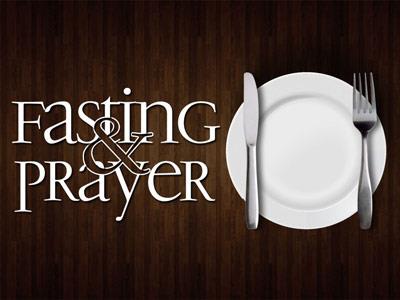-
Does Anybody Really Care?
Contributed by Gordon Curley on Sep 7, 2020 (message contributor)
Summary: Does Anybody Really Care? Nehemiah Chapter 1 - sermon by Gordon Curley (PowerPoint slides to accompany this talk are available on request – email: gcurley@gcurley.info)
SERMON OUTLINE:
• Setting the Scene #1: A brief background.
• Setting the Scene #2: What the book is about?
• (1). He cared enough to ask (vs1-3)
• (2). He cared enough to weep (vs 4)
• (3). He cared enough to pray (vs 5–10)
• (4). He cared enough to volunteer (vs 11)
SERMON BODY:
Ill:
• People cry about a lot of things.
• They cry at weddings.
• Parents cry when their children leave home.
• Sometimes they cry at the birth of their children and grandchildren.
• They cry at sad movies.
• I have even seen grown men crying at a football match!
• Today we are going to look at a man who cried about a broken wall.
• That is right, a wall,
• Can you imagine crying over cement and brickwork!
• Now I often Quote: John Marsden (‘The Other Side of Dawn’)
• “Never cry over anything that can't cry over you”
• But Nehemiah would not have heeded that advice,
• He was the man who cried about a broken wall.
Question: Why did he cry?
Answer: is obvious because he cared.
• You will see that again and again as you read through this book,
• He cared about is past, the traditions of his people that were being lost.
• His heritage was important to him.
• He cared about his people’s future.
• And more important than all of that he cared about the glory of his God.
Setting the Scene #1: and give you a very brief background.
• In the Hebrew Scriptures, the Old Testament,
• The Books of Ezra and Nehemiah were originally one book,
• That got divided into two books.
• Both Jewish and Christian traditions recognize Ezra as the author.
• And the books Ezra & Nehemiah continues where the book of 2 Chronicles ends
• (2 Chronicles chapter 36 verses 22-23; Ezra chapter 1 verses 1-2).
Ill:
• We are all familiar with the ‘Black Lives Matter’ movement.
• We have been reminded through that movement,
• That in the past our own country was involved in the slave trade.
• Sadly, the trade slave is not finished, it continues today,
• e.g. Modern forms of slavery can include debt bondage,
• Where a person is forced to work for free to pay off a debt,
• e.g. Child slavery, forced marriage, domestic servitude and forced labour,
• Where victims are made to work through violence and intimidation.
• e.g. Trafficking of people,
• Mainly women, who are forced to work in the sex trade.
• TRANSITION: if you go back 2,400 years in time to the year 586 BC.
• The Babylonians, under King Nebuchadnezzar, destroyed the city of Jerusalem,
• And took most of the inhabitants into slavery, into Exile.
• We read in 2 Kings chapter 24 verse 14, that King Nebuchadnezzar,
“…carried away all Jerusalem, all the officials, all the warriors, ten thousand captives, all the artisans and the smiths; no one remained, except the poorest people of the land”.
Ill:
• CAPTIVES: At the end of the sixth century B.C.E.,
• The kingdom of Judah was demolished by the Babylonian empire.
• Jerusalem and the Temple were destroyed,
• And thousands of people were taken against their wills,
• And forced to live in captivity in another country.
• FREEDOM: Next time you are visiting London and have some spare time,
• Go along to the British Museum and look for The Nabonidus Cylinder of Sippar.
• You can read how Cyrus the Persian king defeated the Babylonians
• And how after the 70 years of enslavement,
• Cyrus gave permission for some of the Jewish people to return to their homeland.
• Not all the Jews returned home,
• But those who went back returned in three stages,
• Stage 1 was led by Zerubbabel.
• (Ezra chapter 1)
• The first return was around 538 B.C. under the leadership of a man named Zerubbabel.
• About 40,000 individuals returned home (Ezra chapter 2 verse 64).
• It was during this period that the people of Israel built the second Temple.
• Stage 2 was led by Ezra.
• (Ezra chapter 7 verses 1–10 and chapter 8 verses 1–14)
• About eighty years later, a second group, under the priestly leadership of Ezra,
• 1,500 men, which would approximate 5,000 to 6,000 totals, counting women and children.
• Returned to the land. Spiritual and religious reformation occurred at that time.
• And Nehemiah will lead stage 3,
• And as we enter the story of Nehemiah, this has not yet taken place.
The Jewish people who had gone back in the first two groups:
• Had rebuilt the temple.
• But, as we will learn, the walls of Jerusalem were down,

 Sermon Central
Sermon Central



